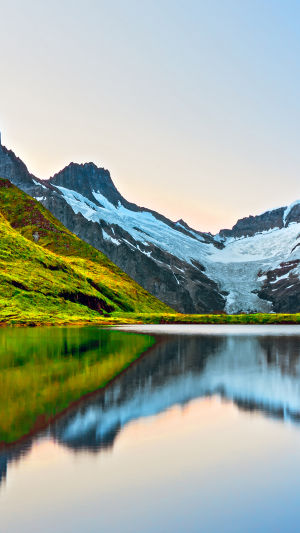The Subantarctic Islands of New Zealand is a group of islands located in the southern Pacific Ocean, south of New Zealand. These remote islands are considered a forgotten paradise due to their pristine and untouched landscapes, unique endemic species, and remarkable beauty.
The islands have been listed as a UNESCO World Heritage Site and are protected as a New Zealand nature reserve, making them a highly sought-after destination for nature enthusiasts and adventurers.
The Auckland Islands are the largest of New Zealand's subantarctic archipelagos, and they are home to a rich variety of endemic wildlife, including the rare yellow-eyed penguin, white-crested albatross, Gibson's drifting albatross, gray fulmars, the native Auckland green cormorant.
These islands are an important breeding site for several seabirds, making them a significant sanctuary for these species. Visitors to the Auckland Islands can witness these remarkable birds in their natural habitat, surrounded by breathtaking scenery.
Campbell Island, another of the subantarctic islands, is considered one of the wonders of the living sub-Antarctic region. British botanist Joseph Hooker famously described it as "the largest display of flora outside the tropics."
This island is well-known for its vast wild flowering perennial herbaceous plants, which have adapted to the harsh climatic conditions of the region. Although Campbell Island has been heavily impacted by human activity in the past, since 1954, with the eradication of pests, native species have flourished once again.
The island is now considered a World Natural Heritage Site belonging to New Zealand and is a remarkable destination for those interested in nature and wildlife.
The Subantarctic Islands are an incredibly important wildlife sanctuary and home to a wide variety of wildlife, including albatrosses, penguins, petrels, and several marine mammals.
Accessible only by boat, visitors to the islands can experience the wonders of these unique ecosystems, including observing these remarkable animals in their natural habitats.
The combination of the rich, nutrient-rich cold seawater of the Southern Ocean and the warm shallow currents of the Pacific Ocean make the waters surrounding the islands incredibly rich in resources, providing an abundant food source for the resident wildlife.
A visit to the Subantarctic Islands is a once-in-a-lifetime experience, and visitors will be amazed at the unique landscapes and wildlife that they will encounter.
The region is also home to the Ross Dependency of New Zealand, which is located in Antarctica. Visitors to the Ross Dependency can enjoy a week of cruising through vast icebergs, whale watching, a visit to a penguin colony, and an exclusive visit to an early explorer's lodge, protected by the New Zealand Antarctic Heritage Trust.
Antarctica is one of the most remote and isolated places on Earth, with breathtaking scenery and unique wildlife. Visitors to the Ross Dependency will be amazed by the sheer scale of the region, with towering icebergs and vast expanses of ice stretching as far as the eye can see.
Whale watching is a popular activity in the region, with several species of whales commonly spotted in the waters surrounding the Ross Dependency.
Visitors can also witness the adorable penguins waddling along the ice and playing in the water, providing a memorable and heartwarming experience.
A visit to New Zealand's Scott Base, located in the Ross Dependency, is also a must-see for visitors to the region. The base was established in 1957 and is the main research station for New Zealand in Antarctica.
Visitors can learn about the history and science behind the station, as well as experience the unique culture and lifestyle of those living in this remote region.





